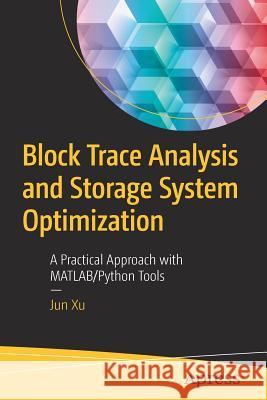Block Trace Analysis and Storage System Optimization: A Practical Approach with Matlab/Python Tools » książka
topmenu
Block Trace Analysis and Storage System Optimization: A Practical Approach with Matlab/Python Tools
ISBN-13: 9781484239278 / Angielski / Miękka / 2018 / 271 str.
Block Trace Analysis and Storage System Optimization: A Practical Approach with Matlab/Python Tools
ISBN-13: 9781484239278 / Angielski / Miękka / 2018 / 271 str.
cena 141,19
(netto: 134,47 VAT: 5%)
Najniższa cena z 30 dni: 134,90
(netto: 134,47 VAT: 5%)
Najniższa cena z 30 dni: 134,90
Termin realizacji zamówienia:
ok. 22 dni roboczych
Bez gwarancji dostawy przed świętami
ok. 22 dni roboczych
Bez gwarancji dostawy przed świętami
Darmowa dostawa!
Kategorie:
Kategorie BISAC:
Wydawca:
Apress
Język:
Angielski
ISBN-13:
9781484239278
Rok wydania:
2018
Ilość stron:
271
Waga:
0.45 kg
Wymiary:
15.5 x 23.3 x 2.0
Oprawa:
Miękka
Wolumenów:
01
Dodatkowe informacje:
Wydanie ilustrowane











